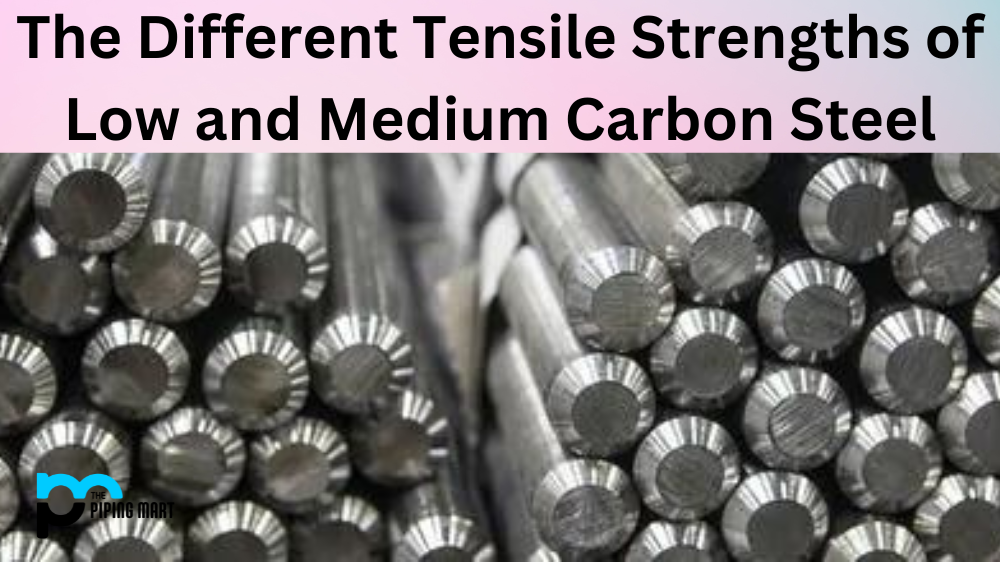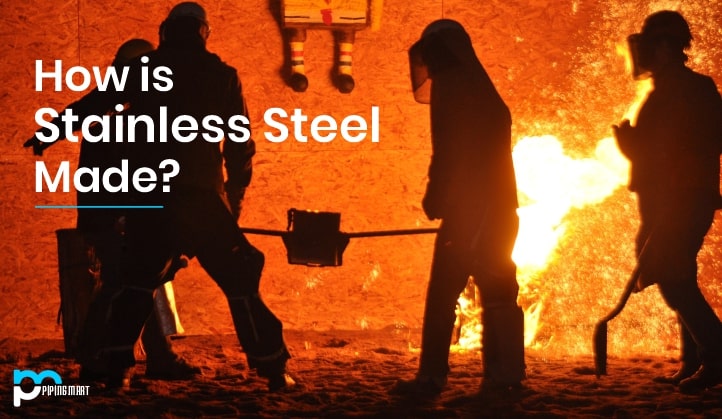Welding brass pipes is a skill that requires a bit of know-how and the right set of tools. It’s important to know what type of welding you need, which welding technique will work best, and how to properly prepare your materials before starting. With the right preparation and technique, you can weld brass pipes with strength and precision.
What Type of Welding is Needed?
The most common type of welding used on brass pipes is oxy-acetylene welding. This method uses acetylene gas mixed with oxygen in order to create a flame hot enough to join two pieces of metal together. Oxy-acetylene welding can be done manually or with an automated machine, depending on the size and complexity of the job. To ensure maximum strength and longevity, it’s important to use the proper welding technique for each job.
Welding Technique
When using oxy-acetylene welding on brass pipes, several steps must be taken in order to achieve optimal results:
- Make sure that both pieces are clean and free from dirt, grease, or other debris.
- Apply flux in order to help prevent oxidation during the heating process. Then adjust your torch settings to be appropriate for the type of metal being welded; too high of a flame temperature can cause warping or cracking in the pipe.
- Slowly heat up the joint until it reaches its melting point before adding any filler material; this will ensure maximum strength at the weld site.
Preparing Your Materials
Before starting any welding job—especially with brass—it’s important to have all your materials ready beforehand. Ensure you have all the necessary safety gear, such as gloves and goggles; these will help protect you from burns or harmful particles the torch creates during the welding process. You’ll also need an oxy-acetylene torch and a regulator for adjusting pressure levels; both should be inspected beforehand for any damage or defects that could affect their performance during use. Finally, ensure you have quality filler material such as brass rods or wire available; this will help fill any gaps between two pieces being joined together during the welding process.
Conclusion:
Welding brass pipes is not an easy task; it requires knowledge of not only what type of welding needs to be done but also proper preparation and technique in order to achieve maximum strength at joint sites while avoiding warping or cracking due to excessive heat exposure. By following these tips and taking your time while completing each step correctly, you can successfully weld brass pipes with confidence, knowing that each connection will hold strong over time! Intended Audience: People who want to learn about how to weld brass pipes professionally for home projects or commercial applications.

Hey, I’m Krutik, a casual blogger expert in the metal industry. I am passionate about providing valuable information to my readers. With a background in engineering and construction, I like playing Cricket & watching Netflix shows in my free time. Thank you for visiting my blog, and I hope you find my information helpful!




